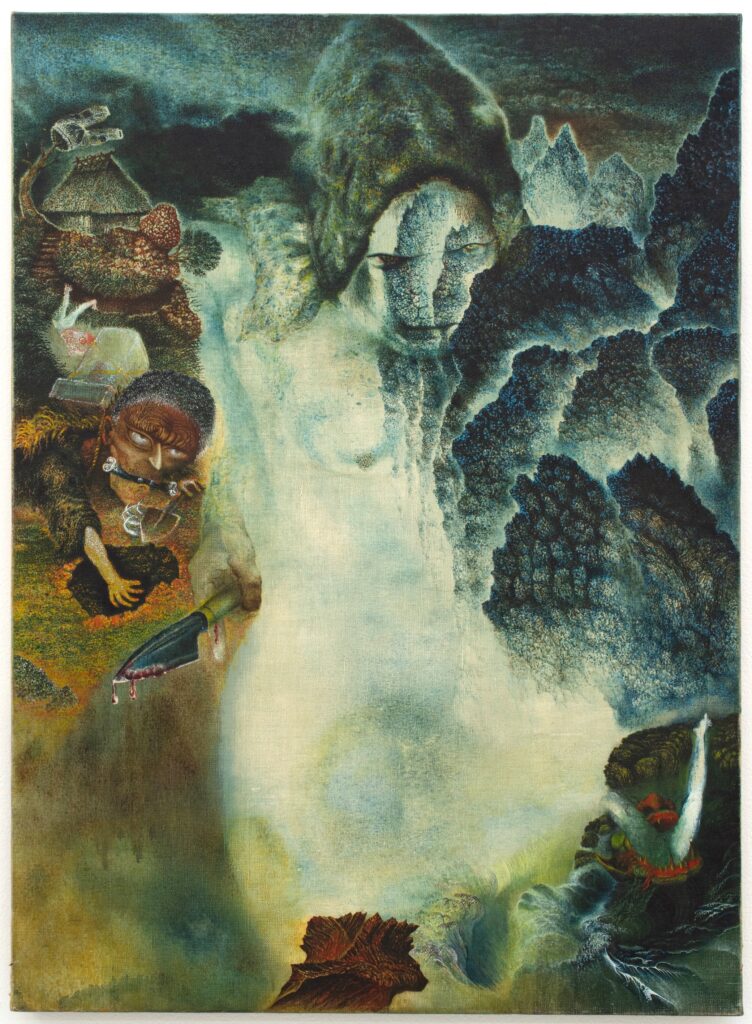
1975, Oil on canvas, 727×530mm ©Kazunori Ikeda, courtesy of MEM
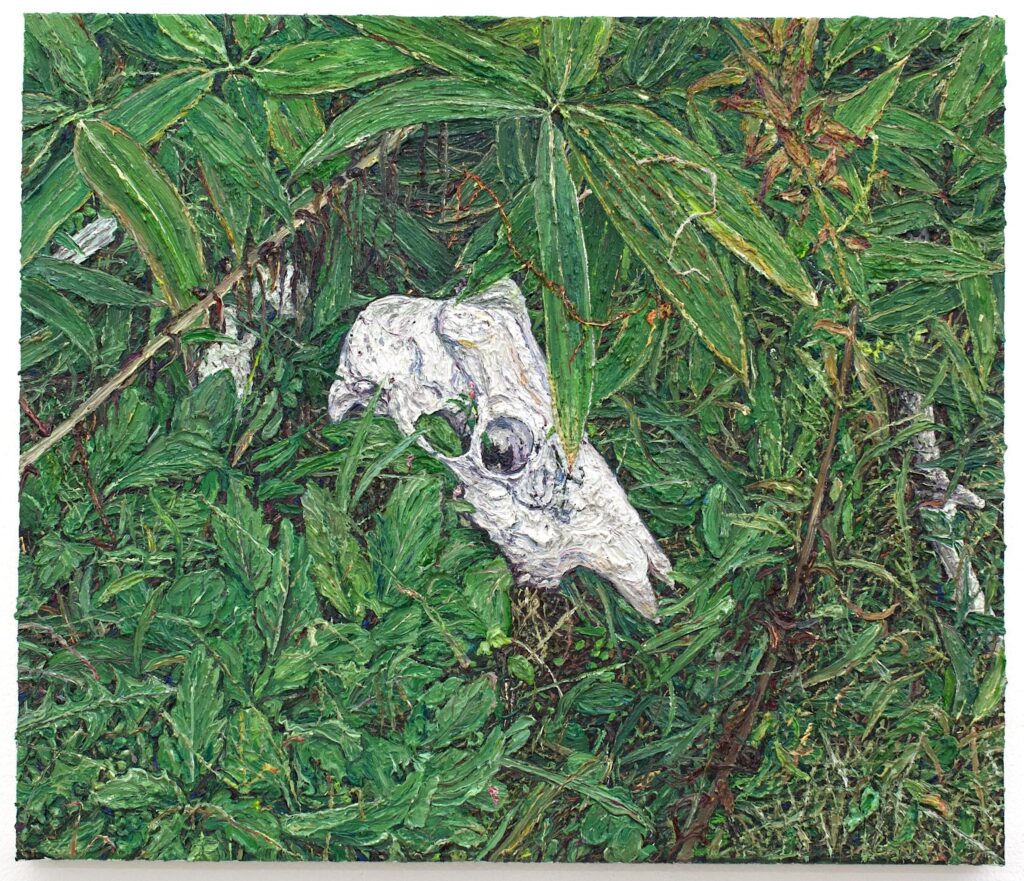
2023, Oil on canvas, 450×530mm ©Takeshi Honda, courtesy of MEM
Paintings by Kazunori Ikeda and Takeshi Honda
Dates|March 16 – April 14, 2024
Venue|MEM map
Open Hours|13:00 – 19:00
The gallery is closed on Mondays that are not national holidays. (Except when Monday falls on a holiday, in which case the gallery is open and closed the following day.)
Telephone|+81-3-6459-3205
Cooperation by Sancho Gazai, Shimane
Opening reception|16th March, 17:00–19:00
*Both artists will be at the gallery.
MEM proudly presents a two-person show featuring artists Kazunori Ikeda (1942-) and Takeshi Honda (1958). A longtime resident of Hikimi, Shimane Prefecture, and a diligent farmer, Ikeda has immersed himself in painting production for many years. Honda’s oeuvre includes large-scale charcoal drawings of mountains and forests and oil paintings that capture the changing natural scenery of Tono, Iwate prefecture, where he is based.
This exhibition showcases the enduring friendship of these two artists, set against the backdrop of the evolving art scene that flourished in Hiroshima and Shimane since the 1960s.
Honda was born in Nagato, Yamaguchi Prefecture. He was deeply influenced by Tadashi Tonoshiki (1942 – 1992), who happened to be teaching at a high school in his native Hiroshima. Tonoshiki, a native of Hiroshima, initially worked for the Japanese National Railways after graduating from high school, where he became acquainted with Ikeda, with whom he maintained a lifelong friendship. While Tonoshiki exhibited installations using discarded materials in his late years, it has been suggested that his earlier works, pointillist depictions of objects belonging to his late parents, were influenced by Ikeda’s pointillist technique. Tonoshiki served as the mutual link that brought Honda and Ikeda together.
After leaving the Japanese National Railways, Ikeda returned to his hometown to pursue farming. His works seamlessly interweave the scenery and people of his mountain hamlet, their local history and folklore, and Buddhism, all filtered through Ikeda’s perspective as a farmer.
The philosopher Takeshi Umehara was shocked when he saw Ikeda’s oil paintings hanging in the town hall of Asahi, Shimane Prefecture, in 1966. When Umehara introduced Ikeda to the art world, he described his work as “modern naïve art,” which garnered attention in the Japanese art world. Art critic Terakazu Suenaga compared Ikeda’s paintings to Bruegal and the Vienna School of Fantastic Realism. By contrast, Honda spent three months touring Europe in his 20s before moving to Tono, Iwate Prefecture, where he decided to depict landscapes. Living in a traditional Japanese house over 100 years old, he has continued producing works set in his remote community’s mountainous environment. His most widely recognized Walking in the Mountains series is based on the natural scenery he encounters walking through the mountains for hours.
Ikeda and Honda share an artistic production in which their perspective as people living in the natural settings of rural Japan is integrated with the tireless continuity of their enduring lifestyles. This exhibition introduces the works of these two painters, who remain committed to their examination of the primordial roots of painting.
Artists Profile
Kazunori Ikeda
Born in Shimane Prefecture in 1942, Ikeda graduated from the Agricultural Department of Imaichi Branch of Shimane Prefectural Hamada High School in 1962. After graduation, he joined the Japanese National Railways and was assigned to the Hiroshima area, where he began oil painting. Ikeda has participated in various Prefectural Art Exhibitions, Shokuba Bijutsu[1] Exhibitions, and Peace Exhibitions. After leaving the company in 1966, he devoted himself to painting while farming in the mountains of Shimane. Ikeda met philosopher Takeshi Umehara through one of his works, which he donated to the town hall of his hometown. In 1975, he held an exhibition at the Aoki Gallery in Tokyo, and in 1978, an exhibition at Ginza Central Annex. In 1984, he completed his work of ten drawings, The Ten Principal Disciples of Shakyamuni. His publications include Mitsui’s Evening Bell (1981, text by Takeshi Umehara) and the collection of poetry and paintings titled Natural History (1982, text by Shintaro Goda). His major exhibitions include the 1988 exhibition, My Ten Principal Disciples of Shakyamuni, held at Seibu Department Store (Ikebukuro, Tokyo); the 1990 solo exhibition, Kazunori Ikeda Exhibition at Tawaraya Gallery (Kyoto); the 2008 solo exhibition, Iwami Artist Exhibition – Kazunori Ikeda at the Hamada City Sekisho Art Museum Gallery (Shimane); the 2017 exhibition, Second Period Hirose Collection Kazunori Ikeda and Saeko Wakabayashi at the Hirose Collection; and Here / Hereafter – Visionaries 2 – at MEM (Ebisu, Tokyo).
Takeshi Honda
Honda was born in Nagato, Yamaguchi Prefecture, in 1958 and graduated from Hagi Technical High School. Since 1987, he has used an old traditional Japanese house in Tono, Iwate Prefecture, as his studio. Since the 1990s, Honda’s representative works are a series of charcoal pencil drawings depicting the mountains and rivers of Tono through the four seasons with a sense of immediacy reflected in the overwhelming scale and high degree of precision. He endeavors to capture the landscape, created by humanity and the passage of time, as it is without the ego or individuality of the painter.
He has exhibited his works at museums in Japan and internationally, including the Iwate Museum of Art, Contemporary Art Museum Kumamoto, Minneapolis Institute of Art, and The Drawing Center in New York. His oil paintings, which he works on in parallel with charcoal pencil, capture vegetables, plants, and flowers in natural light; he entrusts to his brushstrokes his emotions, views of life and death, and awareness of social issues, which he had previously excluded and suppressed, to the canvas. His recent significant exhibitions include Riaru (Shajitsu) no Yukue (“The Development of the Realism in Japan”), the traveling exhibition held in 2017 at various museums such as the Hiratsuka Museum of Art (Kanagawa Prefecture); Mizuno Ochitsuki (“The Calmness of Water”) held in 2019 at MEM Gallery in Tokyo; Riaru (Shajitsu) no Yukue Gendai no Sakkatachi Ikirukoto, Utsusukoto (“The Development of the Realism in Japan Contemporary Artists, To Live, To Depict”), the traveling exhibition held in 2022 at various museums such as the Hiratsuka Museum of Art (Kanagawa prefecture); Art & New Ecology exhibition held in 2022 at the University Art Museum, Tokyo University of the Arts; Takamatsu Contemporary Art Annual vol. 11 / FRAGILE held in 2022 at the Takamatsu Art Museum (Kagawa prefecture).
––––––––––
[1] Shokuba Bijitsu Kyougikai (or Shokubi) can be translated as “Workplace Art Council.” The national organization was founded to organize art exhibitions, hold art lectures, and invite professional artists to give technical instruction for workers of companies large and small throughout Japan.
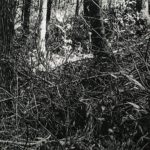 Takeshi Honda “MIZUNO OCHITSUKI”
Takeshi Honda “MIZUNO OCHITSUKI” 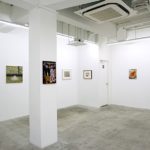 Here / Hereafter – Visionaries 2 –
Here / Hereafter – Visionaries 2 – 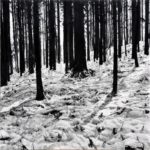 Takeshi Honda “Yukitsuki”
Takeshi Honda “Yukitsuki”